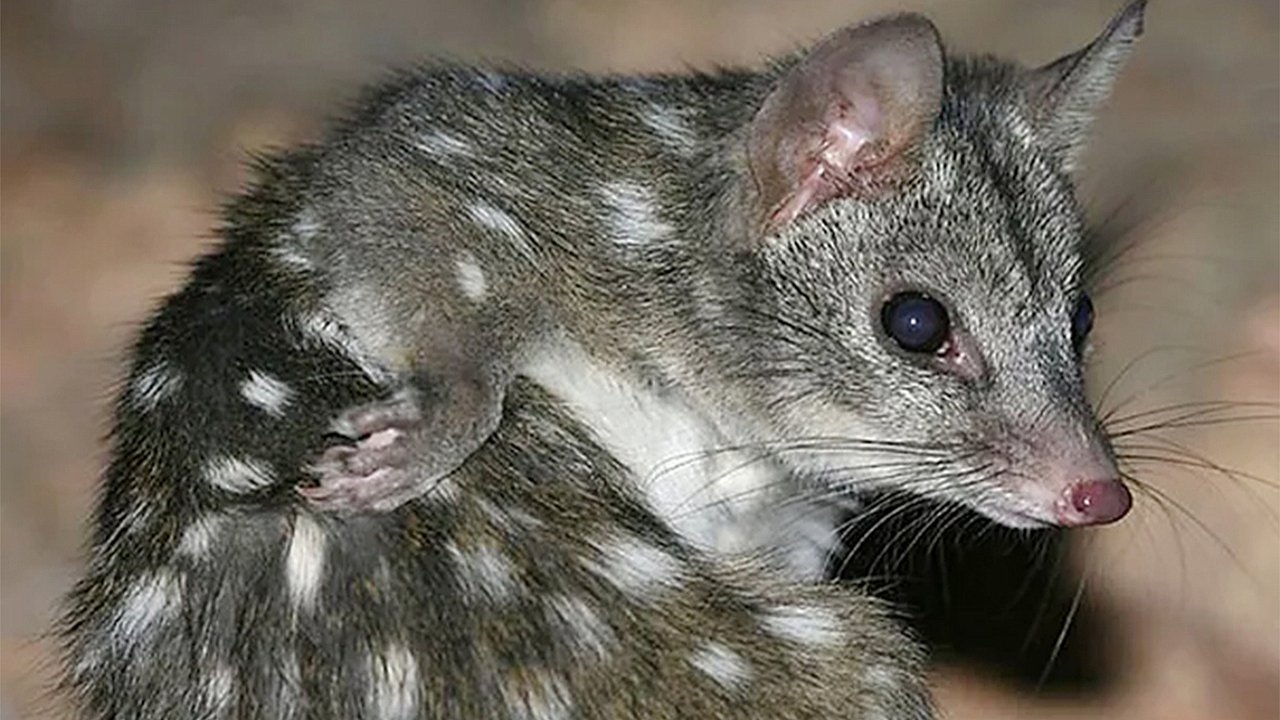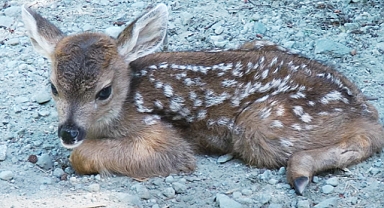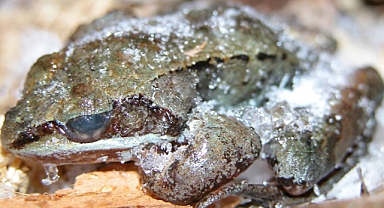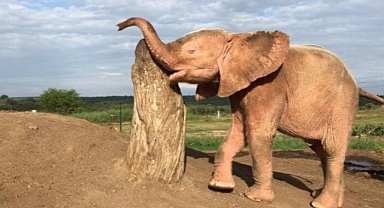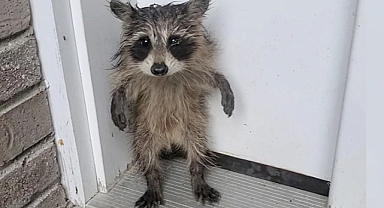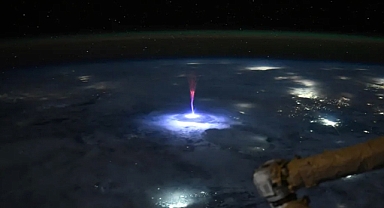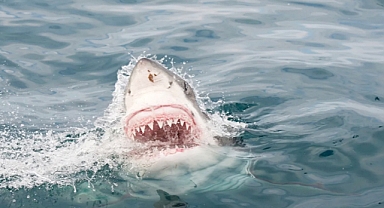Researchers Discover Baby Quolls Thriving at Mt Gibson Sanctuary
These young creatures are western quolls, also known as chuditchs, a carnivorous marsupial native to Australia. Their survival marks a significant milestone in ongoing efforts to revive their population.Historically, western quolls were found throughout the continent, but their numbers began to plummet after the arrival of European settlers. Now, they remain in only a few small, scattered groups within Australia’s southwestern regions. This species, roughly the size of a domestic cat, plays a vital ecological role by keeping populations of small invertebrates, reptiles, and birds in balance.Success of the Reintroduction Program
In recent months, researchers from the Australian Wildlife Conservancy (AWC) have focused on reintroducing western quolls to the Mt Gibson Wildlife Sanctuary, an area where they had previously gone extinct. The discovery of the newborns signals that the program has not only succeeded but that the marsupials have quickly adapted to their new environment.
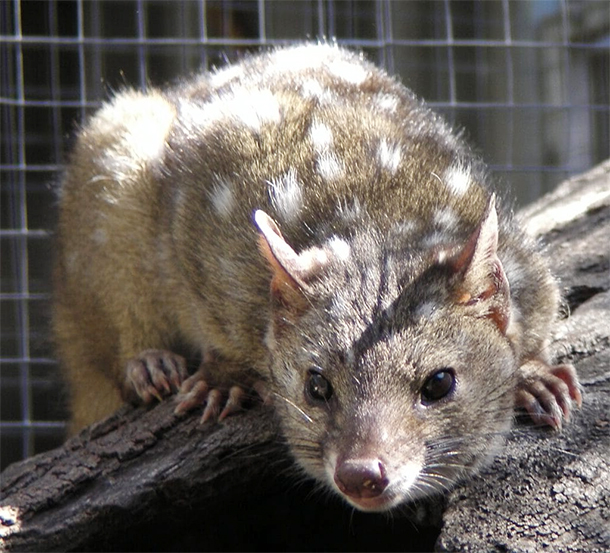 According to AWC Senior Field Ecologist Georgina Anderson, the team has been closely monitoring the quolls through camera traps to ensure their progress. Anderson described the excitement of finding young quolls in their mothers' pouches:“Encountering the first pouch young is a positive sign that they have adjusted well to the sanctuary’s environment,” Anderson shared.A Bold Quoll Named Aang Steals the Spotlight
According to AWC Senior Field Ecologist Georgina Anderson, the team has been closely monitoring the quolls through camera traps to ensure their progress. Anderson described the excitement of finding young quolls in their mothers' pouches:“Encountering the first pouch young is a positive sign that they have adjusted well to the sanctuary’s environment,” Anderson shared.A Bold Quoll Named Aang Steals the Spotlight
Among the reintroduced quolls is Aang, a standout individual who frequently appears on camera traps across the release sites. Described as one of the largest and most striking quolls in the sanctuary, Aang’s mischievous personality has made him a favorite among researchers.“He’s often spotted raiding multiple camera sites to steal the chicken bait we use as lures,” Anderson added, noting that Aang’s disruptive antics bring humor to their work.A Bright Future for the Western Quoll
The successful reproduction of these marsupials is a significant win for conservation efforts, providing hope for the future of a species that was once close to vanishing. With continued monitoring and protection, ecologists are optimistic that western quolls can thrive once again in regions where they were previously lost.
These young creatures are western quolls, also known as chuditchs, a carnivorous marsupial native to Australia. Their survival marks a significant milestone in ongoing efforts to revive their population.Historically, western quolls were found throughout the continent, but their numbers began to plummet after the arrival of European settlers. Now, they remain in only a few small, scattered groups within Australia’s southwestern regions. This species, roughly the size of a domestic cat, plays a vital ecological role by keeping populations of small invertebrates, reptiles, and birds in balance.Success of the Reintroduction Program
In recent months, researchers from the Australian Wildlife Conservancy (AWC) have focused on reintroducing western quolls to the Mt Gibson Wildlife Sanctuary, an area where they had previously gone extinct. The discovery of the newborns signals that the program has not only succeeded but that the marsupials have quickly adapted to their new environment.
 According to AWC Senior Field Ecologist Georgina Anderson, the team has been closely monitoring the quolls through camera traps to ensure their progress. Anderson described the excitement of finding young quolls in their mothers' pouches:“Encountering the first pouch young is a positive sign that they have adjusted well to the sanctuary’s environment,” Anderson shared.A Bold Quoll Named Aang Steals the Spotlight
According to AWC Senior Field Ecologist Georgina Anderson, the team has been closely monitoring the quolls through camera traps to ensure their progress. Anderson described the excitement of finding young quolls in their mothers' pouches:“Encountering the first pouch young is a positive sign that they have adjusted well to the sanctuary’s environment,” Anderson shared.A Bold Quoll Named Aang Steals the SpotlightAmong the reintroduced quolls is Aang, a standout individual who frequently appears on camera traps across the release sites. Described as one of the largest and most striking quolls in the sanctuary, Aang’s mischievous personality has made him a favorite among researchers.“He’s often spotted raiding multiple camera sites to steal the chicken bait we use as lures,” Anderson added, noting that Aang’s disruptive antics bring humor to their work.A Bright Future for the Western Quoll
The successful reproduction of these marsupials is a significant win for conservation efforts, providing hope for the future of a species that was once close to vanishing. With continued monitoring and protection, ecologists are optimistic that western quolls can thrive once again in regions where they were previously lost.
